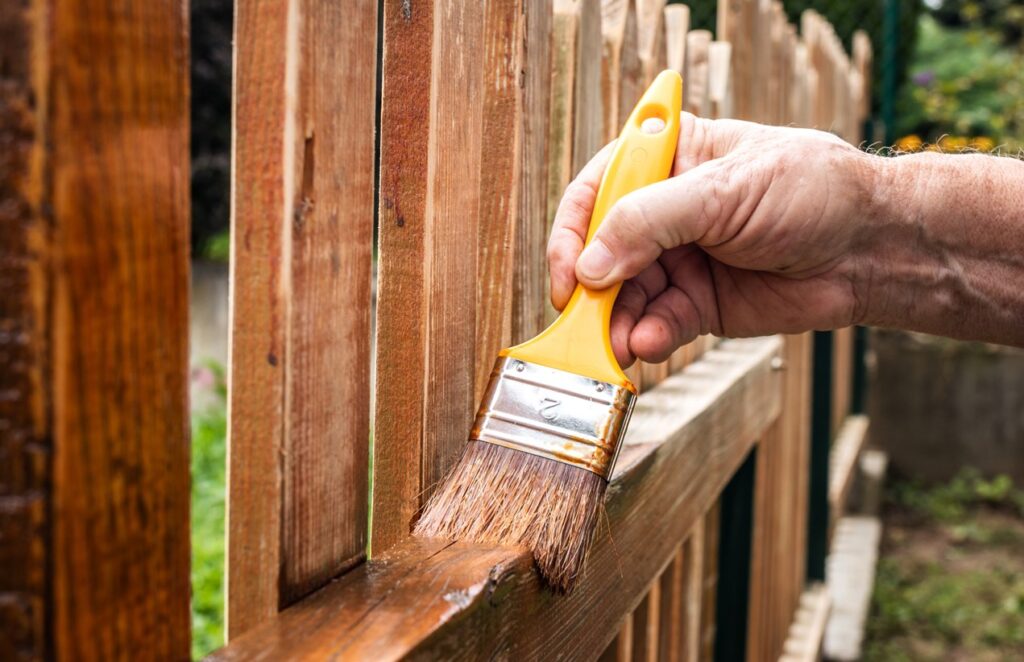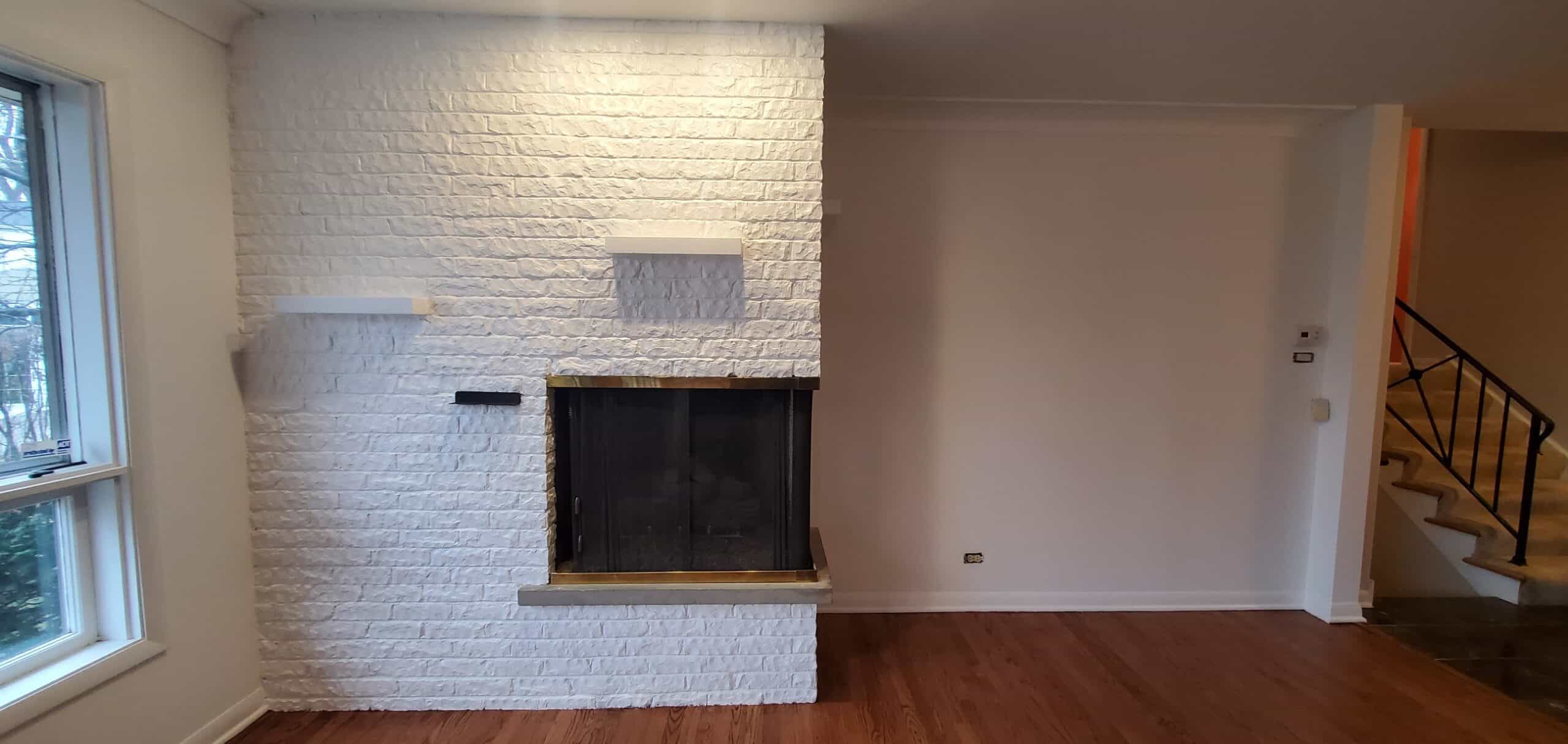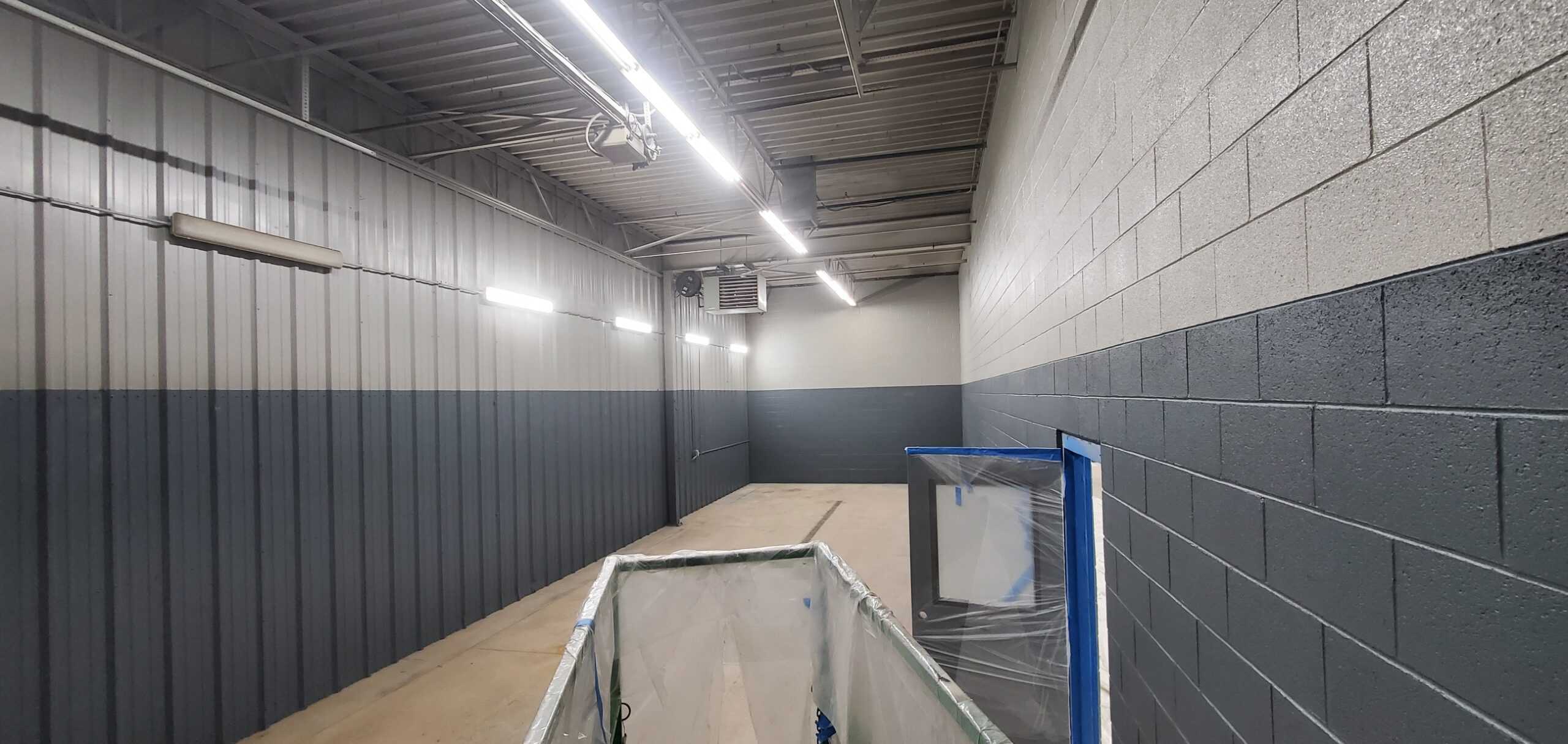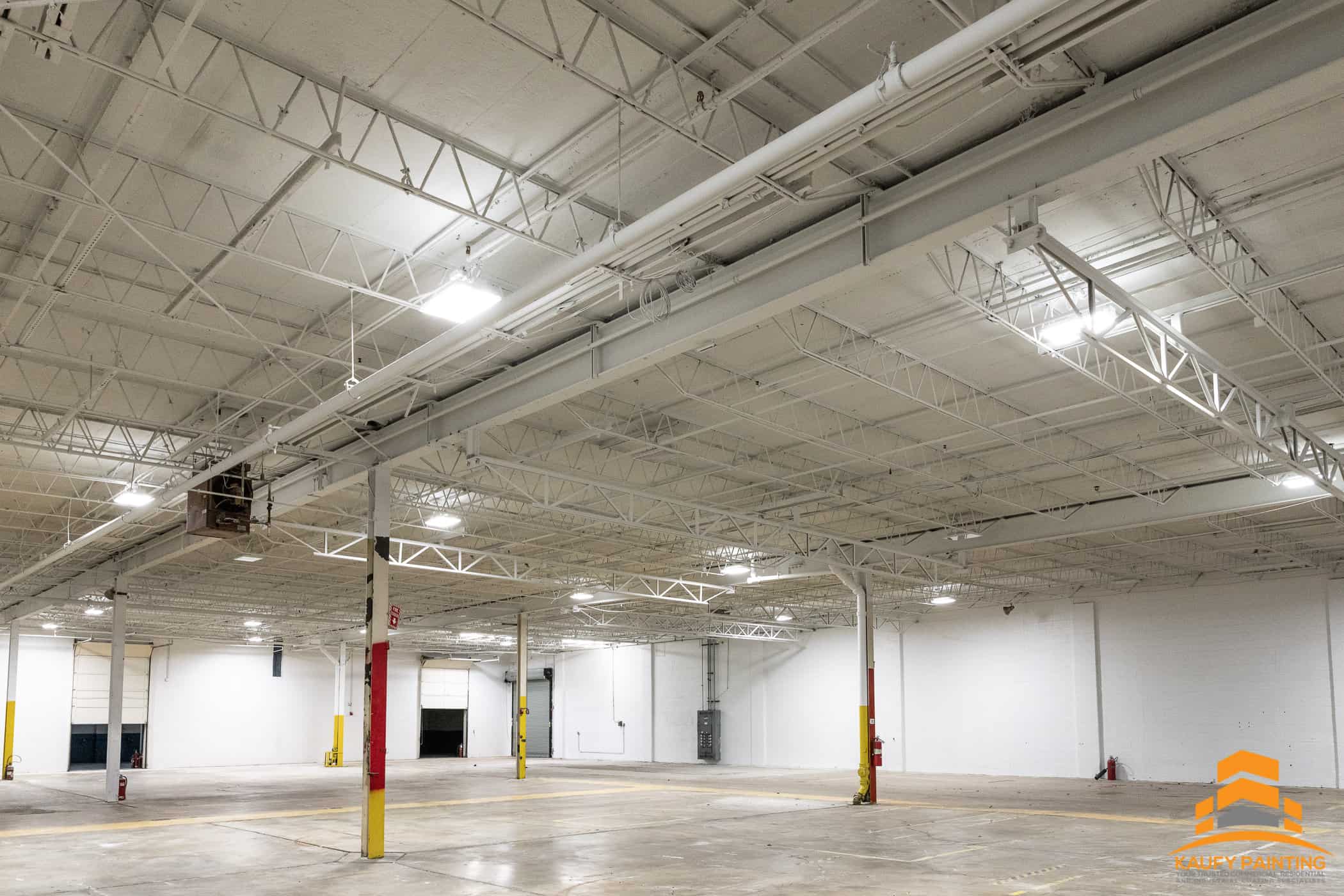When deciding on the best way to protect and beautify your fence, professional fence painters offer invaluable advice. But there’s a choice to be made that goes beyond just picking a color: Should you paint or stain your fence? This decision can impact not only the appearance of your fence but also its durability and maintenance needs. In this guide, we delve into the essential points of comparison of fence painting vs staining, helping you make an informed choice that suits your fence, your budget, and your lifestyle.
Fence Painting vs Staining: A Quick Guide

Is it Better to Stain or Paint Your Fence?
Choosing between painting and staining your fence isn’t just about aesthetics; it’s about considering the long-term maintenance, the protection each option offers, and how they blend with your home’s overall look.
Pros of Fence Painting
- Variety: Paint comes in a wider range of colors, allowing more freedom to match or complement your home’s exterior.
- Protection: Paint creates a solid barrier against moisture, which can be especially beneficial in climates with heavy rainfall.
Cons of Fence Painting
- Maintenance: Painted fences typically require more upkeep, including occasional scraping and repainting.
- Moisture Trapping: If not properly applied, paint can trap moisture against the wood, leading to rot.
Pros of Fence Staining
- Natural Look: Stains penetrate the wood, enhancing its natural beauty and texture.
- Less Maintenance: Stained fences usually need less frequent touch-ups than painted ones.
Cons of Fence Staining
- Limited Colors: Stains offer a more restricted color palette, which might not suit all aesthetic preferences and desires.
- Reapplication: While less frequent, re-staining will be necessary to maintain its protective qualities.
A Cost Comparison Between Fence Painting vs Staining
When considering the cost of fence painting vs staining, it’s important to look beyond the price tag of materials. The initial investment in stain may indeed be lower than paint due to its coverage efficiency and reduced need for primer in many cases.
Staining typically requires fewer coats than painting, which translates into lower labor costs and shorter project timelines. However, the specific brand, quality of the paint or stain, and the method of application (brush, roller, or sprayer) also play significant roles in the overall cost.
Additionally, the condition of your fence matters; a fence in poor condition may require more preparatory work, such as sanding and priming, before painting, further increasing the cost. In contrast, staining can sometimes be more forgiving on less-than-perfect surfaces. Geographical location influences labor rates, which can significantly affect the total price.
Ultimately, while staining may appear more cost-effective upfront, the choice between fence painting vs staining should also consider long-term value and aesthetic preferences.
Fence Painting vs Staining: Which Lasts Longer?
The longevity of your fence’s finish depends on various factors, including the material quality, application technique, and environmental conditions. Generally, a high-quality stain is known to penetrate deep into the wood, offering protection from the inside out, and can last up to 5 years or more. Stains are particularly good at resisting the damaging effects of sunlight and moisture, two common culprits in the degradation of wood fences.
Paint, which potentially offers a longer lifespan before the need for a complete redo, forms a thicker, more protective layer on the surface. This layer is excellent for moisture resistance but can peel and crack over time, especially if the surface preparation and application were less than ideal.
Painted fences might require more frequent touch-ups to maintain their appearance and integrity. Additionally, the paint’s longevity is heavily influenced by the climate; harsh winters and scorching summers can shorten its lifespan.
When deciding between painting and staining your fence, consider not only the initial appearance and protection but also the maintenance commitment and how the local environment might affect your choice over time.
Which Is Right for Your Fence?
Ultimately, the best choice depends on your priorities. If you’re seeking a low-maintenance solution that emphasizes the wood’s natural beauty, staining might be your best bet. For those desiring a specific color match or a slightly longer lifespan (with a bit more maintenance), painting could be the way to go.
When deciding between fence painting vs staining, consider the age and condition of your fence, the climate in your area, and how much time and resources you’re willing to dedicate to maintenance. It’s also wise to consult with professional fence painters to understand the specifics of your situation better.
Conclusion
The fence painting vs staining debate doesn’t have a one-size-fits-all answer. Each option offers its benefits and drawbacks, with the best choice varying based on individual needs, preferences, and environmental factors. By considering the durability, cost, maintenance, and aesthetic impact of each option, you can make a choice that keeps your fence looking great and standing strong for years to come.
Remember, whether you choose to paint or stain, the key to a long-lasting, beautiful fence is in the preparation and application. Ensure your fence is clean, dry, and in good repair before starting your project for the best results.
Choosing the right finish for your fence is an important decision that can influence both the appearance and longevity of your property’s boundary. Whether you’re leaning towards painting or staining, the expertise of J&B Painting can guide you through the process, ensuring a finish that not only looks great but lasts. With a team of dedicated professionals who specialize in both methods, we take pride in delivering top-quality results that reflect your style and withstand the tests of time and weather.
If you’re looking for a reliable partner to transform your fence, give J&B Painting a call. Our commitment to excellence and customer satisfaction makes us the perfect choice for your next project.
Contact us today at (248) 599-0996 for a free consultation.



